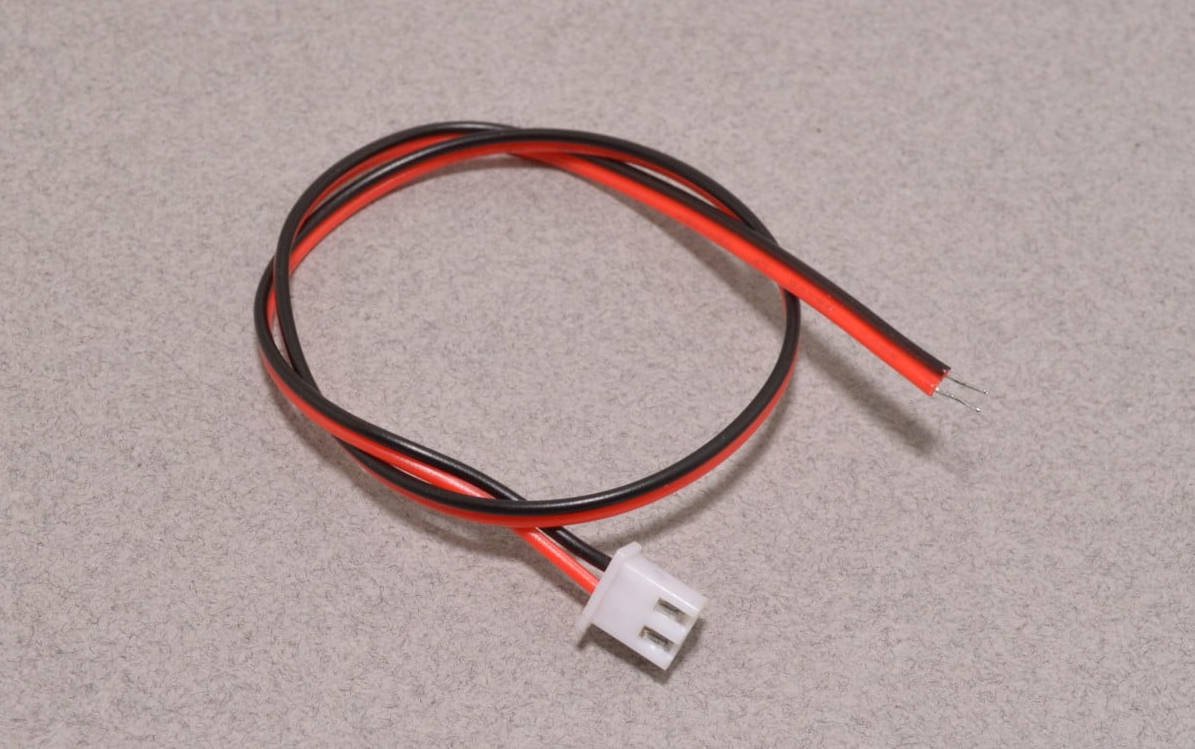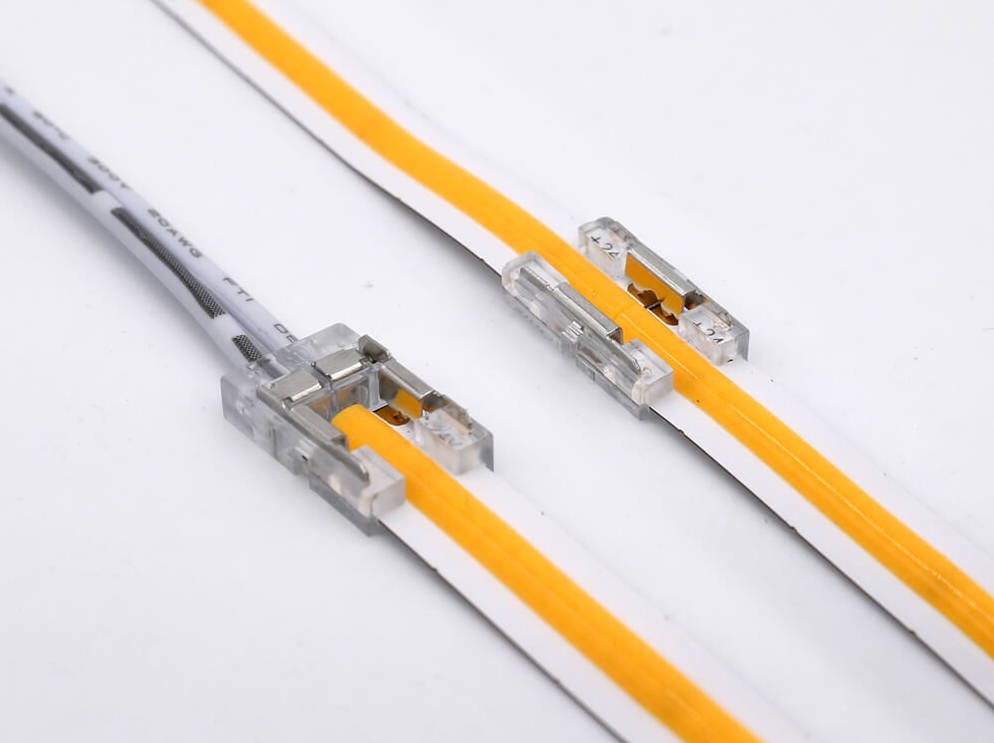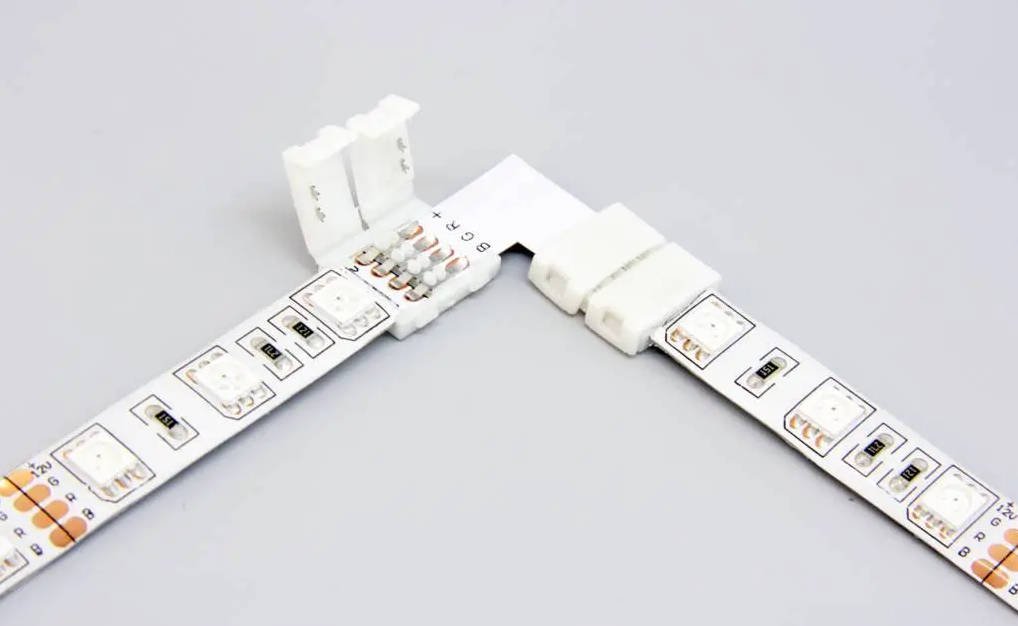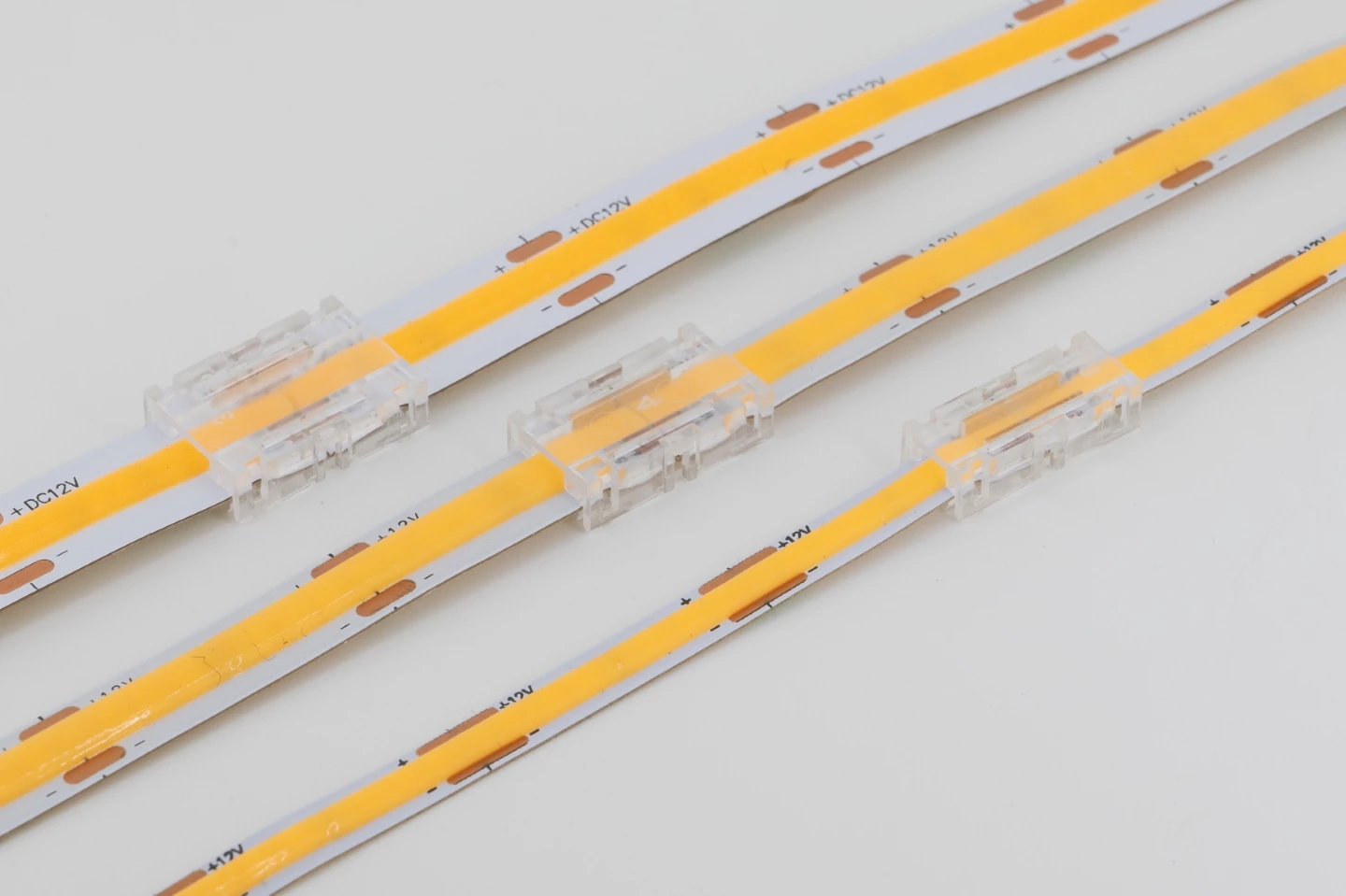
I often find myself facing questions about Europe’s strict safety standards for LED Strip Connectors. People feel unsure whether these connectors must meet CE and RoHS regulations or if compliance is optional. This uncertainty fuels confusion and can lead to costly mistakes. The solution? Let’s clarify how compliance impacts quality, safety, and business success.
Yes, LED Strip Connectors in Europe generally need to meet both CE and RoHS standards. CE confirms that products comply with European health, safety, and environmental requirements, while RoHS restricts the use of hazardous materials. Together, these rules ensure safe, eco-friendly LED lighting connectors for consumers and the environment.
I once collaborated with a growing LED Strip Connectors factory that struggled with complex certifications. Their journey taught me invaluable lessons about streamlined compliance. Ready to explore the specifics? Let’s walk through the essential details.
[Table of Contents]
Why Is CE Marking So Important for LED Strip Connectors?
I recall my initial confusion when entering the European market with my own LED Strip Connectors. The term “CE Marking” popped up everywhere. Let’s see why these two letters affect every manufacturer, supplier, and exporter in this region.
CE Marking is a declaration that a product meets the EU’s health, safety, and environmental standards. For an LED Strip Connectors manufacturer aiming for broad market penetration, this label is not optional. It validates design integrity and product safety.
Companies throughout Europe rely on CE Marking to protect consumers from substandard products. This applies to LED Strip Connectors wholesale, custom LED Strip Connectors, or even niche items from smaller LED Strip Connectors suppliers. To meet standards, factories usually collaborate with testing agencies, document compliance thoroughly, and integrate certification proof in product packaging.
CE Marking Requirements Overview
To acquire CE marking, an LED Strip Connectors factory must pass conformity assessment procedures under applicable directives, such as the Low Voltage Directive (LVD) and the Electromagnetic Compatibility (EMC) Directive. The manufacturer must create a technical file documenting all specifications, testing results, and risk assessments. If any changes are made—for example, switching from a standard cable to a new material—the technical file has to be updated accordingly.
Ensuring Compliance
From my experience working with multiple LED Strip Connectors manufacturers, success hinges on early planning. It is vital to know the design parameters, required tests, and guidelines that define how connectors should be built. Factories that embed compliance strategies from the conceptual design stage often face fewer certification delays, avoiding complexities that stem from last-minute overhauls.
| Step | Action | Outcome |
|---|---|---|
| 1 | Identify Applicable Directives | Map out relevant EU laws (LVD, EMC, etc.) |
| 2 | Conduct Risk Assessment | Analyze potential hazards or design flaws |
| 3 | Test & Document | Perform lab tests and compile records into a technical file |
| 4 | Affix CE Mark | Demonstrate compliance and prepare for European market introduction |
How Does RoHS Affect LED Strip Connectors in Europe?
I remember a conversation with a veteran LED Strip Connectors supplier who cautioned me about hazardous substances in electronic products. RoHS aims to curb pollution and toxicity, enforcing restrictions that shape connector design. Let’s clarify how it works.
RoHS, or Restriction of Hazardous Substances, prohibits the use of specific toxic materials—like lead and mercury—in electronic products. For LED Strip Connectors, compliance ensures an eco-friendly build and aligns with Europe’s effort to lessen environmental hazards.
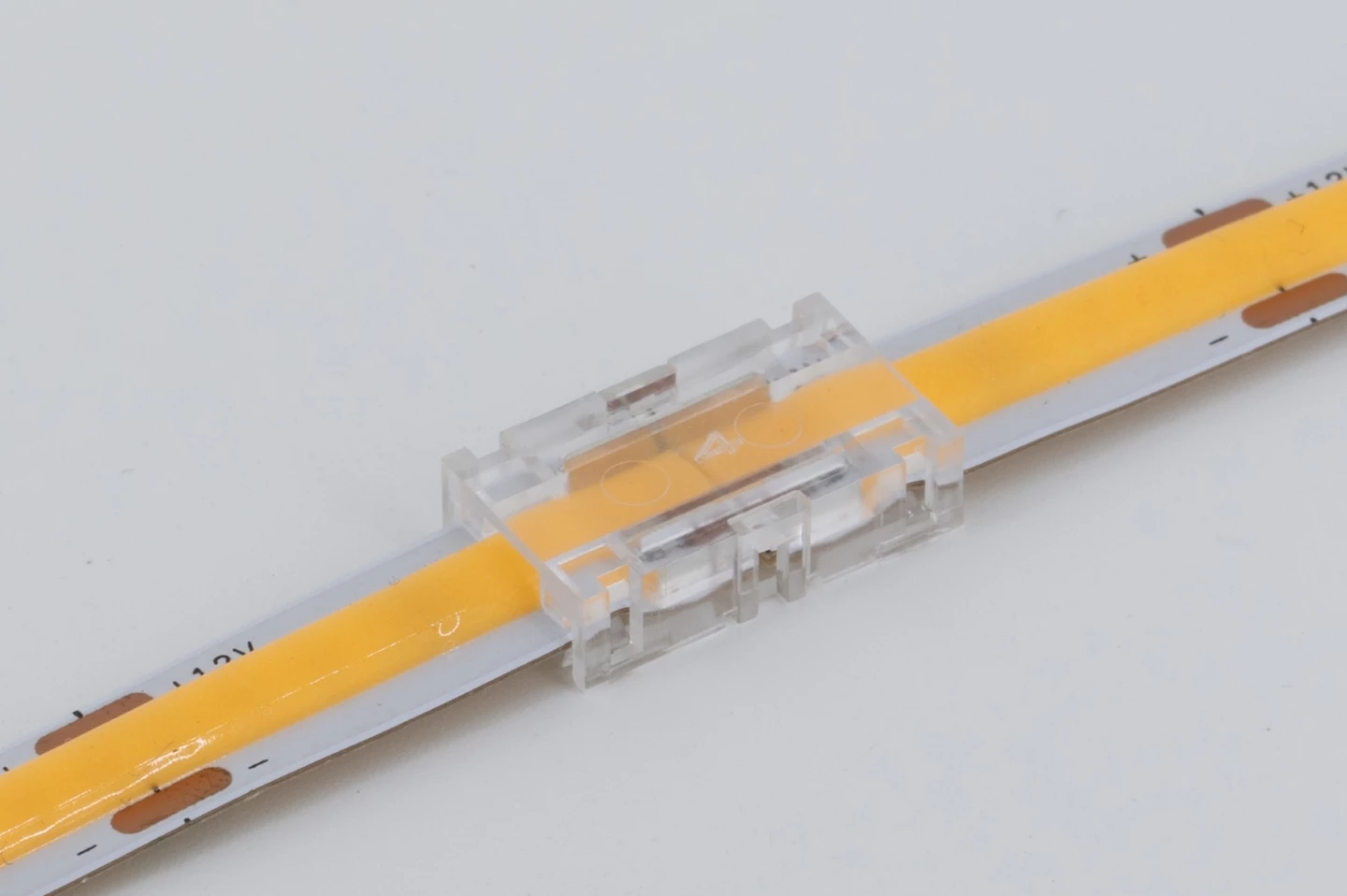
A custom LED Strip Connectors design might use specialized plastics or copper alloys. Under RoHS, you cannot exceed certain limits of lead, cadmium, or other harmful substances in these materials. Factories verify each component’s chemical composition through material declarations or lab testing. This thorough approach helps align with the directive and enhances trust among European consumers.
RoHS-Regulated Substances
The original RoHS directive restricted six substances: lead (Pb), mercury (Hg), cadmium (Cd), hexavalent chromium (CrVI), polybrominated biphenyls (PBB), and polybrominated diphenyl ethers (PBDE). Later, four additional substances were added, including certain phthalates. These rules apply to electronic assemblies, so LED Strip Connectors naturally fall under the scope, especially if they integrate any suspect materials.
Compliance Strategies
My approach to RoHS compliance includes finding reputable raw material sources. I recommend choosing well-documented supply chains, such as a recognized LED Strip Connectors factory that proactively tests each batch. This precaution helps prevent last-minute recalls or rejections from distributors. Factories often share compliance certificates with their partners, bolstering mutual trust.
| Material | RoHS Restriction | Common Use in Connectors |
|---|---|---|
| Copper Alloys | Must have lead content below certain thresholds | Connector pins, electrical contacts |
| Plastic Insulation | Phthalates must not exceed set percentages | Cable sheathing, casing |
| Solder | Lead-free requirement (lead < 0.1%) | Assembly of circuit components |
Why Compliance Matters for LED Strip Connectors?
When I started learning about European directives, I questioned their real-world value. Why go through so much paperwork and testing? Let me share what I discovered about meeting CE and RoHS standards for LED Strip Connectors worldwide.
Compliance matters because it builds trust. For an LED Strip Connectors supplier, earning CE and RoHS certifications reassures clients that your products meet strict safety and environmental benchmarks. This leads to easier market entry, improved brand recognition, and fewer regulatory hurdles.
Some might assume that these regulations exist only to make life difficult. However, after working with multiple LED Strip Connectors manufacturers, I see how they raise industry standards, spark innovation, and reduce overall failures. Factories must refine engineering processes, invest in better materials, and run thorough tests—resulting in safer, more reliable connectors that can handle demanding scenarios.
Market Access and Corporate Reputation
Appropriate marking enables you to reach the entire European Economic Area (EEA). A product lacking CE or RoHS compliance risks border rejections, fines, or forced product recalls. Meanwhile, a label from a well-known certification authority fosters a positive first impression. This is critical for businesses offering LED Strip Connectors wholesale across multiple countries.
Environmental Stewardship
RoHS is not merely a bureaucratic hurdle. It encourages sustainable production. By limiting pollutants, the directive forces factories to refine manufacturing processes. Over time, these changes can reduce carbon footprints and align businesses with global eco-friendly initiatives—a win for company image and for the planet.
What Happens If LED Strip Connectors Are Not Compliant?
Overlooking regulations can backfire. I remember meeting a small LED Strip Connectors manufacturer who ignored CE obligations, thinking it was an unnecessary expense. The backlash from authorities was enlightening. Let’s see what can happen.
Non-compliance can lead to severe penalties, product bans, and reputational damage. Businesses may lose consumer trust and be forced to withdraw shipments from stores. In some cases, entire consignments get destroyed at customs if found lacking necessary certifications.
Ignoring CE or RoHS can invite fines reaching tens of thousands of Euros, as stipulated by various national authorities. Importers, distributors, and retailers also share liability if they fail to verify compliance. A single oversight might cascade into broken contracts, as major brands often demand thorough documentation for their LED Strip Connectors supply chain.
Financial Ramifications
Withdrawal of non-compliant products from the market carries direct and indirect costs. You might lose not only the goods but also the trust of potential partners. Recovery might require expensive corrective measures, re-engineering of the connectors, or legal assistance. These expenses can far exceed the initial cost of proper compliance.
Brand Erosion
Word spreads rapidly about product recalls or enforcement actions. Once your brand is tarnished, winning back customer confidence can be a colossal effort. Rejected shipments or negative press often linger in online reviews, overshadowing the progress and accomplishments of genuinely innovative LED Strip Connectors suppliers who rectify their mistakes later on.
How Can You Ensure CE and RoHS Compliance?
I found a proven roadmap when I first helped a longstanding LED Strip Connectors supplier enter the European market. Each step provided clarity and minimized errors. Let’s dive into a systematic approach.
Start from design. Identify directives. Conduct relevant tests. Document everything in a technical file. Finally, partner with reliable manufacturers or distributors who follow accepted standards. This sequence helps you avoid compliance pitfalls and ensures strong market acceptance.
In my experience, ensuring compliance is about thorough planning. Identify your obligations early, such as meeting IEC or EN standards specific to LED lighting equipment. Work with a recognized testing laboratory that can run essential electrical, mechanical, and chemical tests. Gather reports into a file that outlines how your LED Strip Connectors meet CE requirements and RoHS limits.
Collaborate With Experts
Some factories might not have in-house testing capabilities, so they outsource to specialized labs. Others might hire consultants to prepare documentation. Both approaches can speed up compliance. When I launched a custom LED Strip Connectors line, I engaged an engineering team to verify that we used only RoHS-certified raw materials. This synergy between design and compliance can preempt many issues.
Ensure Continuous Update
Regulations evolve. A connector that complied with older RoHS standards might need re-evaluation if new substances become restricted. Staying informed through official EU channels or reputable regulatory bulletins is crucial for any LED Strip Connectors factory that aims to maintain consistent compliance in a fast-changing legal landscape.
Are There Real-World Examples of Successful CE & RoHS Implementation?
In my early years, I felt unsure how theory translated to actual business outcomes. Discussing with seasoned LED Strip Connectors wholesalers offered valuable insights. Let’s look at practical scenarios.
Several European brands adopted compliant LED Strip Connectors and soared to the top-tier lighting market. Their secret was a seamless synergy between design teams, compliance officers, and manufacturing partners. By following established protocols, they built trust and expanded distribution networks.
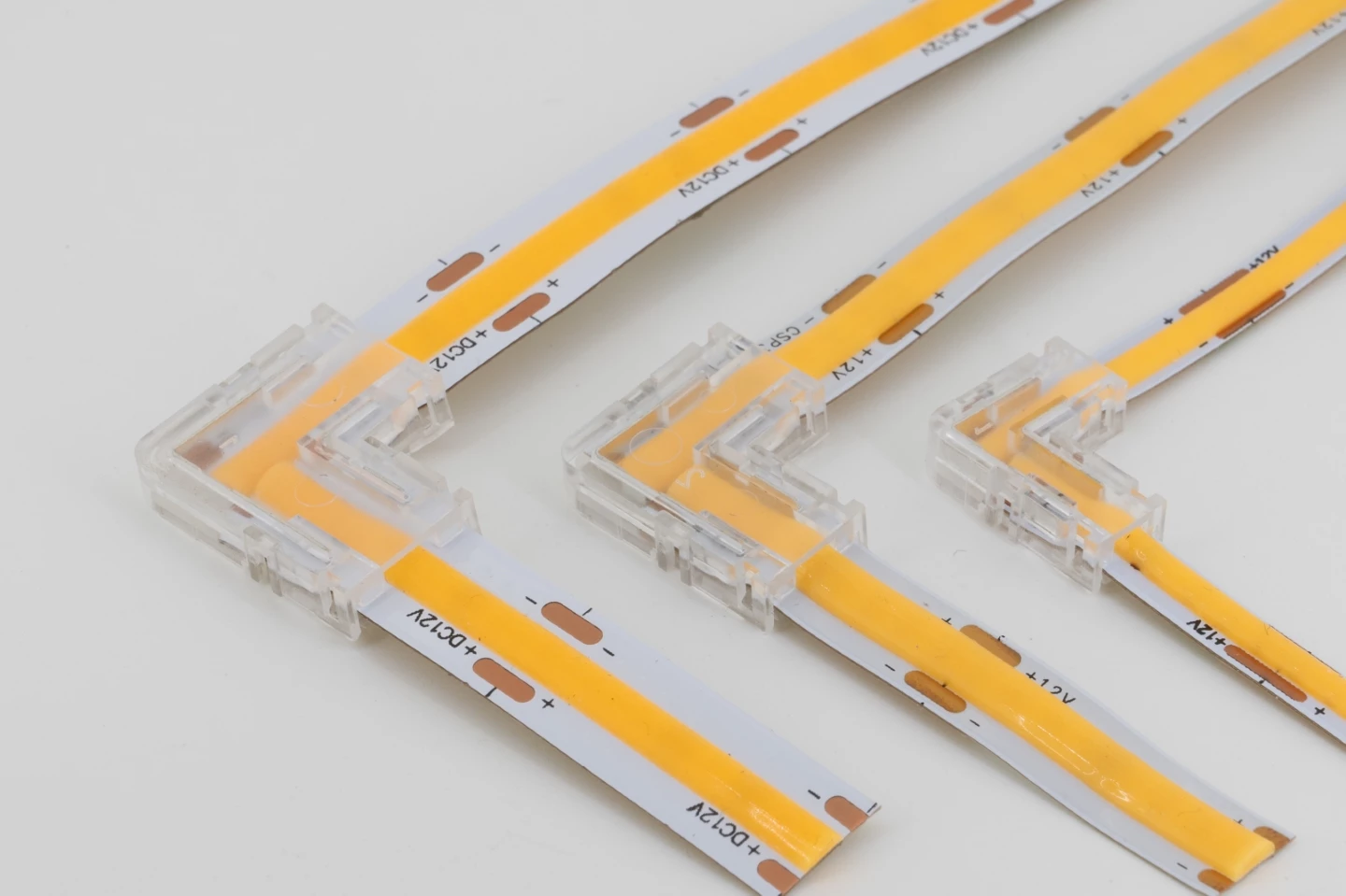
One mid-size LED Strip Connectors manufacturer in Germany partnered with a respected certification body. They invested in advanced testing facilities, which improved product reliability and environmental performance. Another brand specialized in custom LED Strip Connectors, focusing on niche lighting applications where safe, toxin-free components were a must. Both companies reported fewer returns, higher brand value, and faster negotiations with retailers.
Common Pitfalls & Best Practices
Sometimes, LED Strip Connectors suppliers fail to keep updated test results or overlook newly listed hazardous substances. Proactive strategies include scheduled annual audits or quarterly material checks. Many factories that adopt a continuous improvement mindset find that compliance becomes second nature, boosting efficiency and lowering risk over time.
Lessons Learned
Success stories consistently highlight the importance of thorough documentation and quality partnerships. By engaging reliable raw material providers and consistent testing labs, you establish a robust supply chain that smoothly navigates evolving regulations. This approach highlights an inherent advantage for LED Strip Connectors wholesale sellers who aim for large-scale distribution.
What Are the Long-Term Benefits of Compliance for LED Strip Connectors Suppliers?
Many people see CE and RoHS as burdensome. However, I’ve noticed how compliance can become a competitive strategy. Let’s dig deeper into how it adds lasting value.
Meeting or exceeding regulations fosters consumer confidence. Buyers want safe, reliable, and environmentally responsible products. Over time, a solid compliance record positions your brand as a leader and paves the way for greater market share, especially in Europe.
In addition to earning trust, compliance encourages continuous product improvements. Factories gain knowledge about superior materials and can refine production technologies. This can reduce operational costs by cutting down on waste or rework. Moreover, a strong compliance framework is an attractive feature for investors or future partners looking at the LED lighting sector.
Innovation Opportunities
One of the underrated perks of aligning with rigorous regulations is that it pushes manufacturers to experiment with new processes or eco-friendly materials. Over time, these efforts can lead to breakthroughs in connector design—like advanced insulation techniques or improved contact reliability—giving them an edge in a crowded marketplace.
Stable Supplier Relationships
When an LED Strip Connectors factory can prove consistent compliance, major brands, integrators, and retailers tend to sign long-term contracts. This stability cuts costs associated with supply chain disruptions. Confidence in compliance can also mean fewer logistic delays at customs, ensuring products arrive smoothly at final destinations.
Conclusion
Yes, LED Strip Connectors in Europe need to be CE and RoHS compliant. Achieving and maintaining compliance safeguards product safety, protects the environment, and secures market share for factories, suppliers, and wholesalers.
